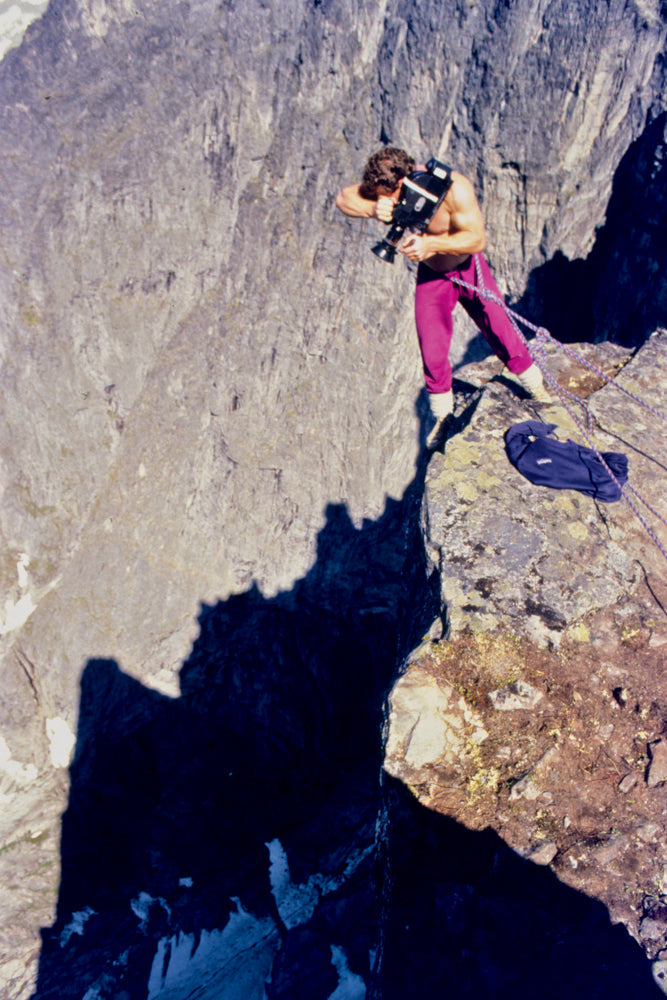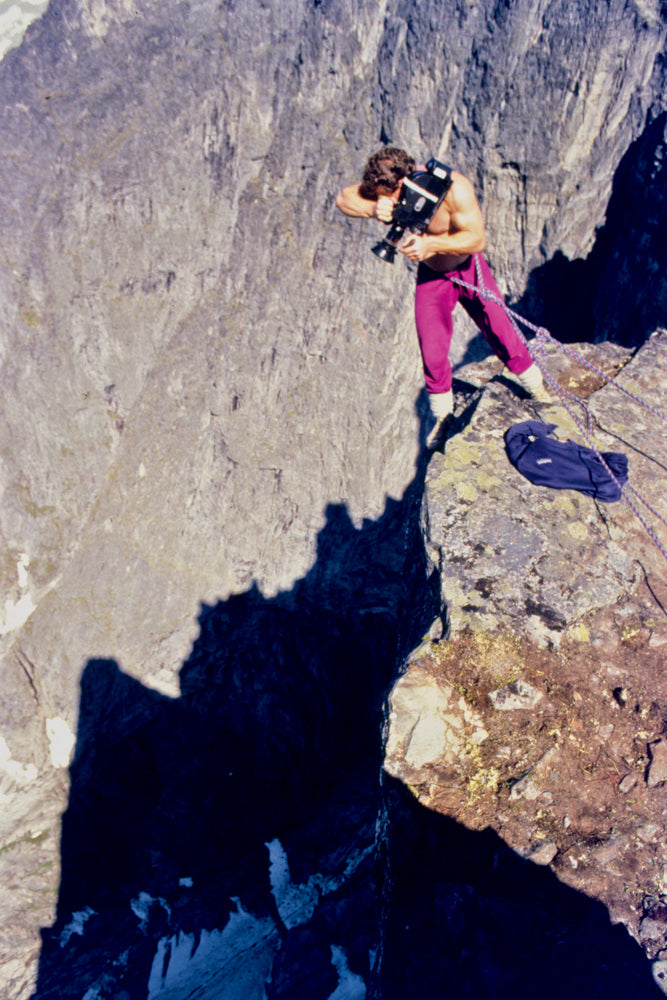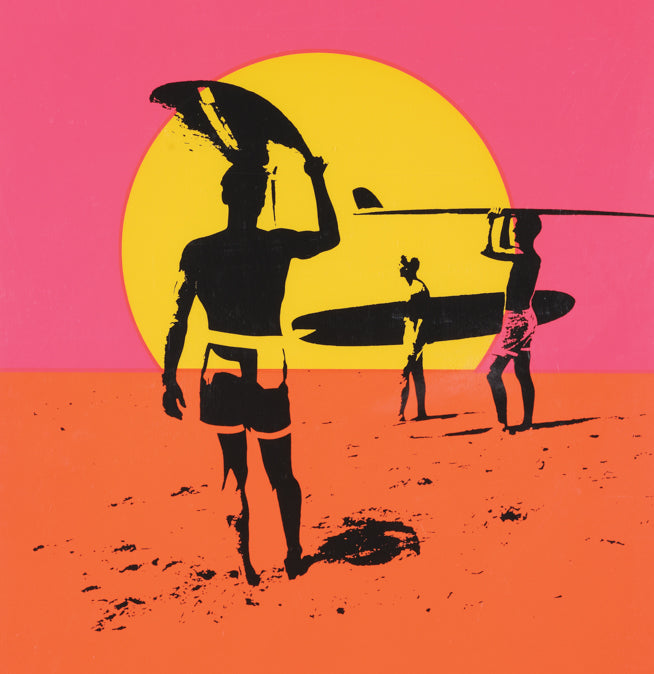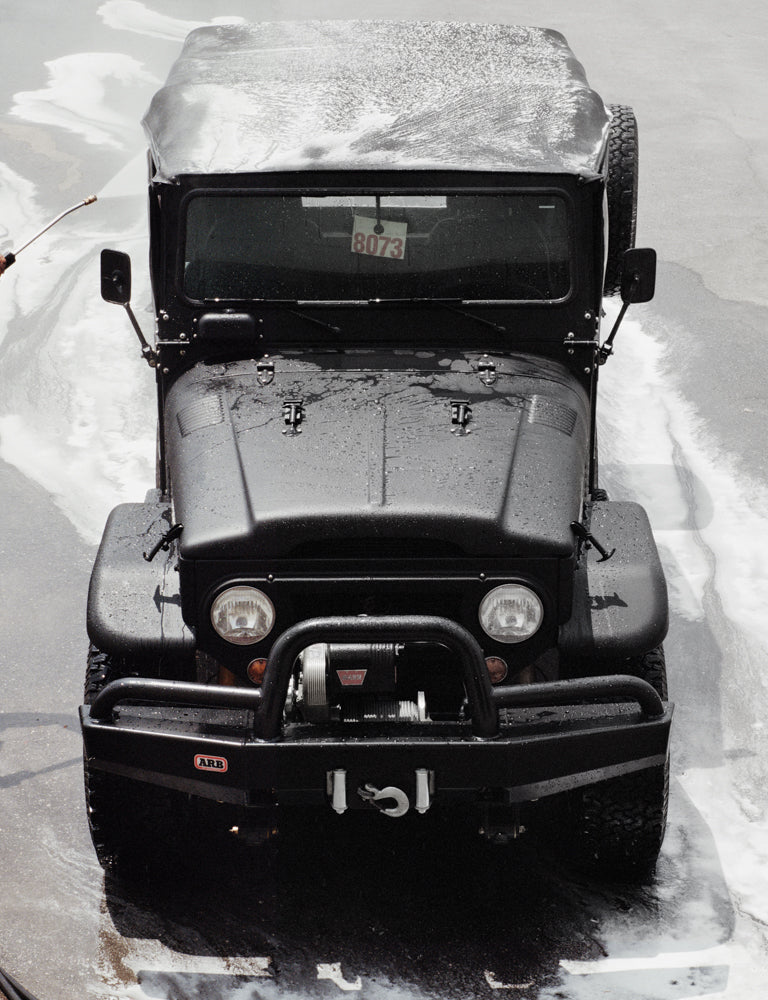
John Long
JOHN LONG

“As they listen and ply him with questions, Samari spins out a fantastic story about a huge cave supposedly home to a giant eight-headed serpent. The site is a 10-day march, Samari says, adding that the people along the way are possessed by evil bush spirits”
When you’re writing about John Long it’s hard to pick an anecdote. There are just so many stories, but this is probably my favorite:
Long and an old climbing buddy, Dwight Brooks, are somewhere in the interior of Papua New Guinea talking to a guy named Samari, an official, educated in Australia, who they’d found by reading the disciplinary reports in the Highlands Ranger’s office. Samari’s name kept coming up as someone who neglected his ranger duties and basically went on walk- abouts, reconnoitering the track- less jungle. As they listen and ply him with questions, Samari spins out a fantastic story about a huge cave supposedly home to a giant eight-headed serpent. The site is a 10-day march, Samari says, adding that the people along the way are possessed by evil bush spirits.



It’s the mid-1980s and Long is working as a producer for the TV show “The Guinness Book of World Records,” dreaming up mad world-record stunts like the longest Tyrolean traverse, the highest BASE jump, longest rappel, etc. Not only does he concoct these exploits, he sometimes pulls them off himself. This trip to the unexplored Gulf Province of Papua New Guinea is a scouting mission. So, propelled by his own gonzo-adventure ethic and… well… because it actually is his job, he and Brooks enlist the help of two local boys and set out right away for the cave with the giant snake.
Fourteen days later, they hack through the last bit of undergrowth and arrive at a limestone cliff ripped by a cavern. Undeterred by the myth, they head down into the passage until it funnels into a pool of standing water that disappears into a rock wall. No snake.


“From the gully of a truly sick mind,” Long would later write in his classic book of adventure yarns, Gorilla Monsoon, “Dwight suggests we proceed — underwater. ‘We’ll swim for it,’ he says. “Swim for what?”
Brooks takes a breath, dives in and swims underwater into the hole — only to reappear moments later, spluttering. Long has a go and swims into the darkness, and the two continue trading off, swimming a little further with each dive until finally they emerge into an enormous chamber half-a-mile long and 800-feet high. They’re standing on a big ledge, water pouring off the edge and falling down a sheer cliff into a horseshoe-shaped river far below. One end of the ledge opens right into the jungle, a sort of front door to the cave.
“Too bad,” says Largo (Long’s nickname and alter ego). “Everyone should have the pleasure of swimming in.” That massive rock cavity turned out to be the world’s largest river cave.


John Long, 56, grew up in Upland, California. In 1972, he took a $20 rock-climbing lesson from Jack Schnurr, a guide for a local outfit called Granite Mountain Guide Service. In practically no time Long was repeating the hardest routes at the nearby climbing area, Tahquitz Rock. Just five years later he established what might have been the hardest route in the world at the time, The Hangover (5.13b).
Through the 1970s Long continued to seek out difficult climbing challenges, making the first one-day ascent of The Nose on the 3,000-foot rock monolith El Capitan in Yosemite Valley and, with his fellow “Stonemaster” John Bachar, he defined the risky game of free-soloing—extreme rock climbing with no rope.
In 1981 Long was invited to join an expedition — led by K2 summiteer Rick Ridgeway and funded by Camel cigarettes — to attempt the first coast-to-coast traverse of Indonesian Borneo. The trip was “fiendish” according to Long. The maps were useless and they became hopelessly lost in the nearly impenetrable jungle. Ridgeway contracted typhoid and malaria and had to be air-evacuated at the halfway point. Long and another Stonemaster, Jim Bridwell, pushed on and completed the traverse.


“With his fellow “Stonemaster” John Bachar, he defined the risky game of free-soloing — extreme rock climbing with no rope.”
Despite (or maybe because of) the extreme nature of the trip, Long was hooked on that kind of adventuring and he went on to make a transcontinental traverse of Irian Jaya, the first descent of Angel Falls in Venezuela, the first descent of the Kayan River in Indonesia, as well as expeditions to the Hand of Fatima in Mali, Mount Asgard in the Baffin Islands, and the North Pole.
At 6’3”, 220 pounds, John Long looks like a superhero. Limbs roped with muscles, he’s got a football player’s face, creased from squinting into the sun — and from helicopter crashes and many other close calls. He and his friends practically invented the adventure-sports culture with their zany and dangerous expeditions and exploits, but Long is now mostly remembered as a writer — and his words have shaped the ethos of that same culture as much as his deeds.
Among more than 40 titles and two million books in print, Long has published everything from a series of best-selling how-to books on adventure sports to collections of his stories. His books have been translated into several languages including a best-selling story collection in Polish. In addition to the books and articles, Long has written and produced action sports shows for various networks including NBC, CBS and FOX. His Red Bull Cliff Diving World Championships show was nominated for an Emmy, and his 2008 long-form documentary “Why We Laugh: The History of African American Humor” was featured at the Sundance Film Festival.


As editor of Rock and Ice magazine, I’ve been working with Long on his stories for about a decade. Largo’s prose comes at you — all active verbs and relentless forward momentum. Some of the narratives are sprinkled with fiction and seem literarily related to old frontier bragging matches. They’re hilarious sketches where the reader is hard pressed to separate the exaggeration from the facts — because often the facts are more outlandish. Nobody has ever written about sports in quite the same way, and over the years Largo himself has grown into a fabulous character — equal parts raconteur, real-life adventurer and Rabelaisian giant.
In the 1990s, however, as he entered his 40s, Long began to question whether his Largo alter-ego was taking over. “If you have a lot of success, you often have a public image that begins to take on a life of its own,” Long told me.
“They’re hilarious sketches where the reader is hard pressed to separate the exaggeration from the facts — because often the facts are more outlandish.”



“The Largo image excluded things that were more important, like being a person among other personages. Superheroes don’t belong, they’re up in the sky, cut off.” The realization was followed by a debilitating series of panic attacks that threatened to take over his life. But just as he had trekked into the physical unknown, Long, assisted by a psychologist, began his most difficult expedition yet — a journey into the darkness of his past. An orphan, raised in an abusive and dysfunctional adoptive family, Long uncovered a horde of buried grief and anger. And as is his way, he began to explore it.
These days Long has toned back the travel and adventure, keeps his once-wild hair cropped close to his skull and practices meditation at a zendo near Venice Beach, where he lives. He is just as prolific and energetic, however, turning out shows, anthologies and stories at a rapid clip. Right now he’s hard at work on a treatment for Chockstone Pictures, a fictionalized account of his life exploring the wilds of the world, and the even wilder expanses of his inimitable mind.




